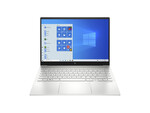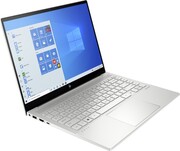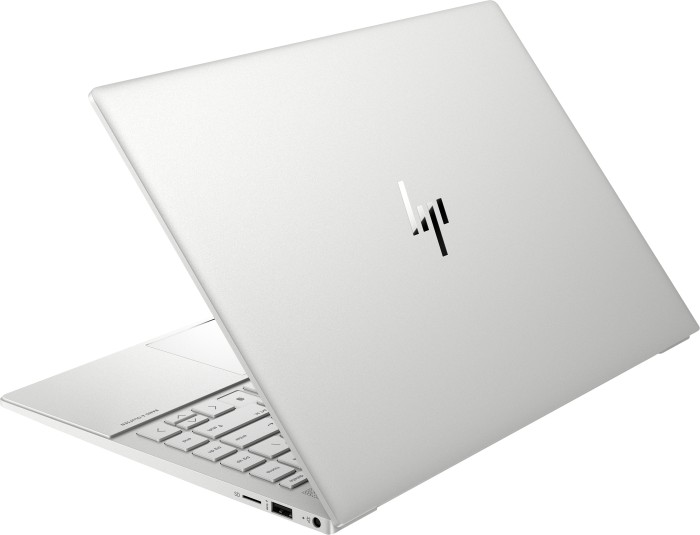HP Envy 14-eb0021tx
Specifiche tecniche

Price comparison
Media dei 1 punteggi (dalle 1 recensioni)
recensioni per HP Envy 14-eb0021tx
Sorgente: NDTV Gadgets
 EN→IT Archive.org version
EN→IT Archive.org versionThe HP Envy 14 variant (EB0021TX) that I tested was priced at Rs. 1,24,999 at the time of this review. It's expensive, sure, but compared to its rivals, the Envy 14 does offer slightly better value. The Dell XPS 13 for instance is also priced the same, but with half the SSD capacity and no discrete GPU. Then there's the Lenovo Yoga Slim 7i Carbon, another Ultrabook based on Intel's Evo platform, which costs less than the Envy 14 and has nearly the same specs plus a QHD display, but again, no GPU. I think the HP Envy 14 strikes a good balance of portability, performance, and battery life, making it a very good Ultrabook to consider. It's not possible to directly compare it to the MacBook Pro 13 (M1) since both of them run on different software platforms and CPU architectures, but if you're looking for a Windows-based alternative, the Envy 14 is a strong contender. A few things to keep in mind are that it is a bit heavy and it takes some effort to open the lid. The quality of the webcam is also a bit disappointing.
Singola recensione, disponibile online, Corto, Data: 12/22/2021
Valutazione: Punteggio totale: 90% prezzo: 80% prestazioni: 90% schermo: 90% mobilità: 90% qualità di lavorazione: 90%
Commenti
NVIDIA GeForce GTX 1650 Ti Max-Q:
Scheda grafica dedicata di media gamma per computer portatili che utilizza un chip Turing TU117 senza raytracing e nuclei Tensor. Funziona a velocità di clock ridotte rispetto a un portatile GTX 1650 Ti per ottenere un consumo energetico molto più basso (35 contro 50 - 80 Watt).
Ridurre la distanza delle Schede Grafiche per gli utenti che vogliono utilizzare il videogiochi. I nuovi giochi dovrebbero funzionare su queste schede, ma con riduzione dei dettagli e risoluzione mediocre.
>> Ulteriori informazioni le potete trovare nel nostroConfronto delle schede grafiche e nella nostra Lista dei Benchmark.
i7-1165G7:
Processore quad-core a bassa potenza basato su Tiger Lake per computer portatili sottili e leggeri. I quattro cores si aggirano intorno ai 2,8 - 4,7 GHz. Prodotto in 10nm+ alla Intel.
>>Ulteriori informazioni le potete trovare nel nostroConfronto dei processori per portatili.





